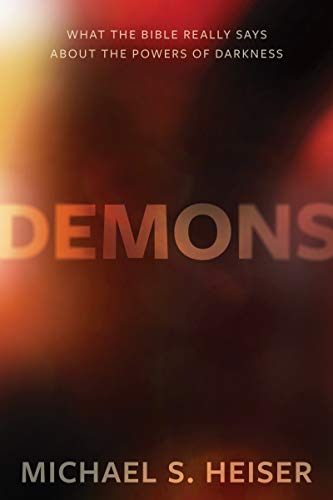BEN: I imagine some readers of Chapter 4 are going to wonder why you went straight to the intertestamental stuff on ho diabolos and then backtracked to the OT in the following chapters to deal with the other two supernatural rebellions. I can see the conceptual logic of this, but some may not. And of course some Biblicistic readers will want to know why you even bother with non-Biblical material like that. But of course the answer is clear— it shows the development of thought by early Jews about Satan, and helps explain a good deal of what we find in the NT. For me perhaps the most interesting bit in the chapter is that hardly any of those sources directly connect the serpent in Gen. 3 to later reflections about Satan. And in fact dealing with modern day Jewish OT and NT scholars, many of them deny you can even get a Fall of humanity out of Genesis. They just talk about the yetzer hara and the yetzer tov. Why do you think the NT writers connected the dots they way they did, and leaving 4 Ezra out of the discussion, what would point to in the material covered in Chapter 4 that suggests a theology of human fallenness based on Gen. 3?
MICHAEL: I think the connection is death. For a Second Temple writer (and a NT writer in turn), if death didn’t come as a result of what happened in Genesis 3, then where did it come from? I think this is why they so readily connect the uninhabitable places that threaten human existence (i.e., desert wilderness, dark places) with the original rebel figure.












